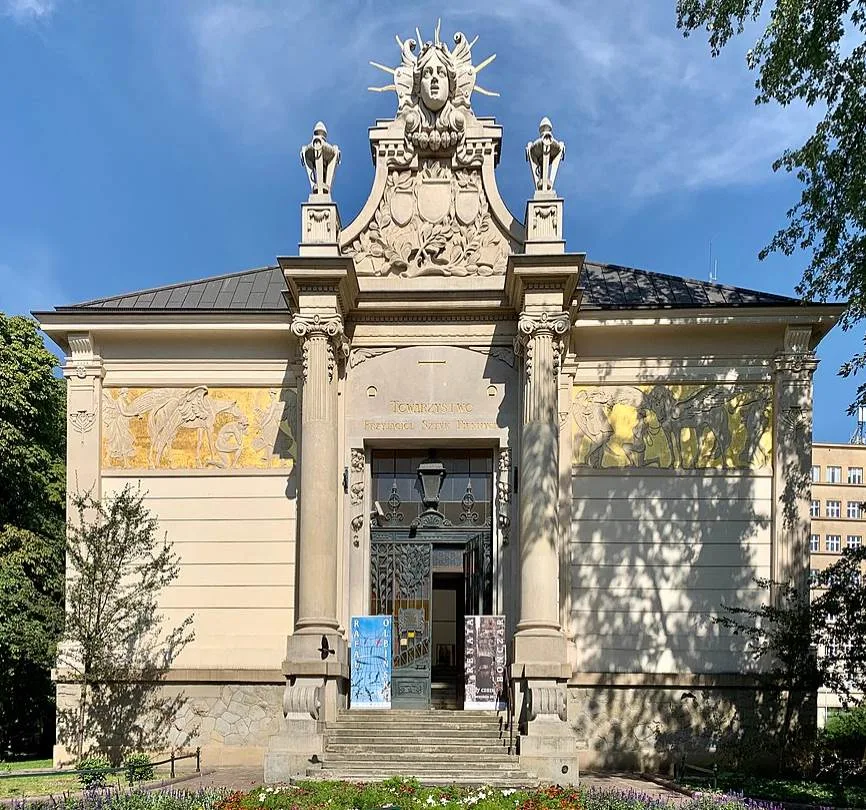When a group of Austrian artists in Vienna rejected conventional academic art, they embarked upon a mission that transformed the world of art forever.
The Vienna Secession movement consisted of several Art Nouveau artists. They only published their magazine called “Ver Sacrum,” but also constructed a building in Vienna that served as the movement’s headquarters.
Below are some of the most interesting facts about the Secession Building, one of the most famous Art Nouveau buildings ever constructed.
1. It’s located just south of Vienna’s historical heart
The Secession Building is the name of a remarkable structure that is situated just south of the ring road that encircles Vienna’s historical center.
This area features some of the most stunning buildings in Austria, most of which were constructed during the 19th century. This was a time when the old city wall was replaced with the ring road.
The building is situated between Karlskirche to the southeast and the Kunsthistorisches Museum to the northwest.
Other amazing architectural highlights in the area include the Hofburg Palace and the Vienna State Opera, also known as the “Wiener Staatsoper.”

2. The building was completed in the late-19th century
The Vienna Secession movement emerged in the year 1897, a time that several Avant-Garde artists refused to comply with the traditional artistic style.
This group of Austrian artists consisted of painters, sculptors, architects, and even graphic artists. The leading figures of the movement were Josef Hoffman, Koloman Moser, Otto Wagner, and Gustav Klimt.

Joseph Maria Olbrich (1867-1908) was one of the architects among the founding members of the Secession movement and he designed this remarkable structure.
The building was completed between 1897 and 1898, shortly after the group was established.
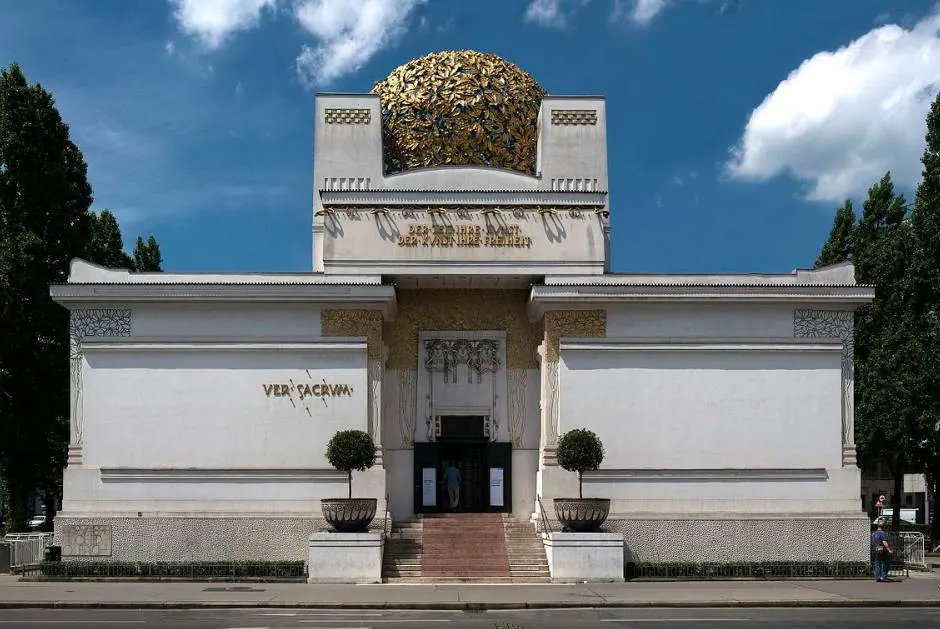
3. The Secession movement’s motto decorates the façade
The first thing you notice about the building is the distinctive ball featuring foilage work that decorates the top of the structure.
Just above the entrance, you can see text written that mentions “Der Zeit Ihre Kunst. Der Kunst ihre Freiheit.” This was the motto of the Secession movement and translates to:
To every age its art, to every art its freedom.
This line emphasizes the need of the artist to be released from the shackles of conventional academic art, a notion embodied by the radical switch of Gustav Klimt during his career in the 1890s.

4. It still serves as a hall for art exhibitions today
The building served a variety of purposes upon completion and still does today.
- It was constructed as the architectural manifesto of the Vienna Secession movement.
- It served as the main meeting place of the group of artists who met here between 1897 and 1914.
- It was used as an exhibition hall to display art produced by members of the movement.
The building still serves as a visual reminder of this important movement in art history, it still serves as an exhibition hall today as well.
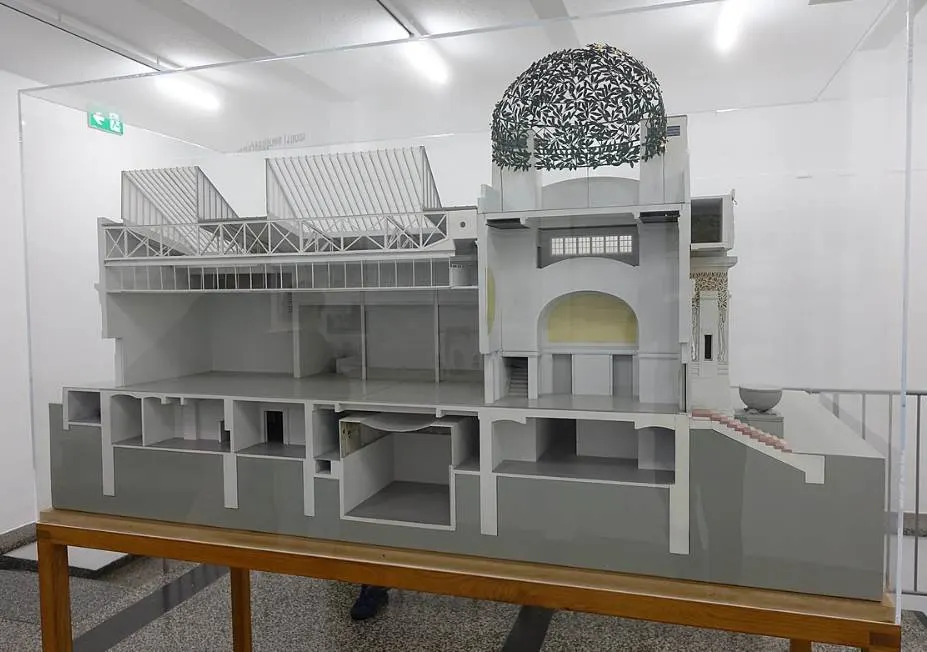
5. The most famous work of the movement is on display in the building’s basement
What would an architectural manifesto be without an artwork that defines the movement, right?
The artworks of Gustav Klimt are some of the most distinctive examples of the Vienna Secession. His painting”The Kiss” (1907-1908) is world-famous and one of the movement’s symbols.
He produced another remarkable artwork for the 14th edition of the Vienna Secessionist exhibition. This event was dedicated to the life of famous composer Ludwig van Beethoven.
That’s the reason why this remarkable artwork inside the Secession Building is called the “Beethoven Frieze” (1901-1902).
This painting was painted directly onto the alls inside the building and was preserved afterward. It didn’t go on display again until 1986 in a special climate-controlled room in the basement.
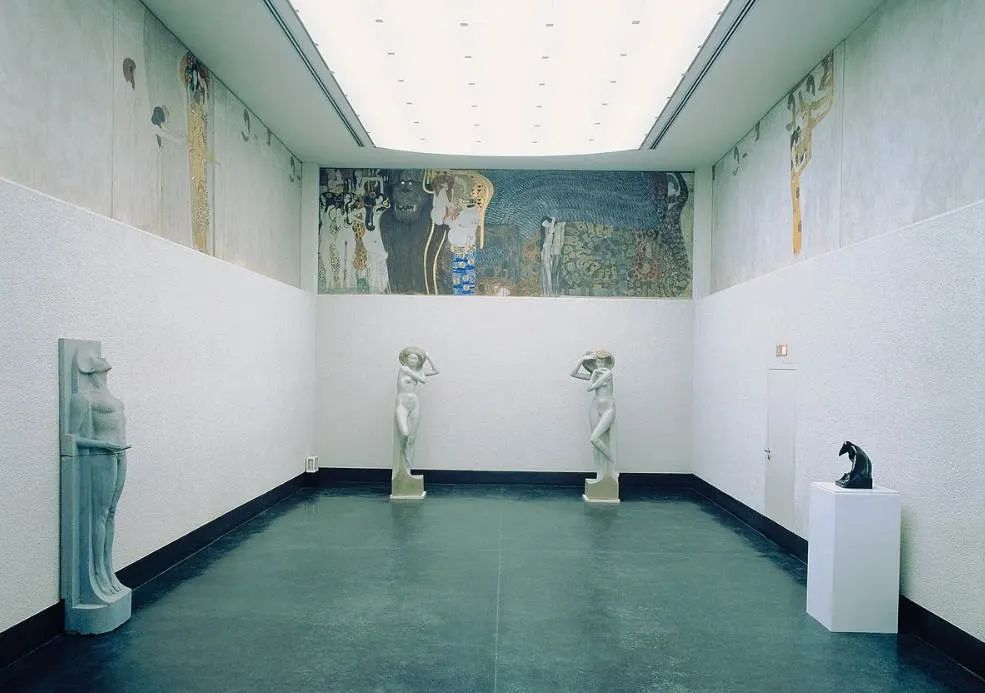
More interesting facts about the Vienna Secession Building
6. The construction of the building was sponsored by Karl Wittgenstein (1847-1913), a German-born steel tycoon who made a lot of money in the late 19th century. He was the father of pianist Paul Wittgenstein, philosopher Ludwig Wittgenstein, and philanthropist Margaret Stonborough-Wittgenstein.
7. The building is much larger than it initially appears to be. It has dimensions of 40 × 30 meters (131 × 98 feet) and the exhibition pavilion has a total floor area of 1,000 square meters (11,000 square feet).
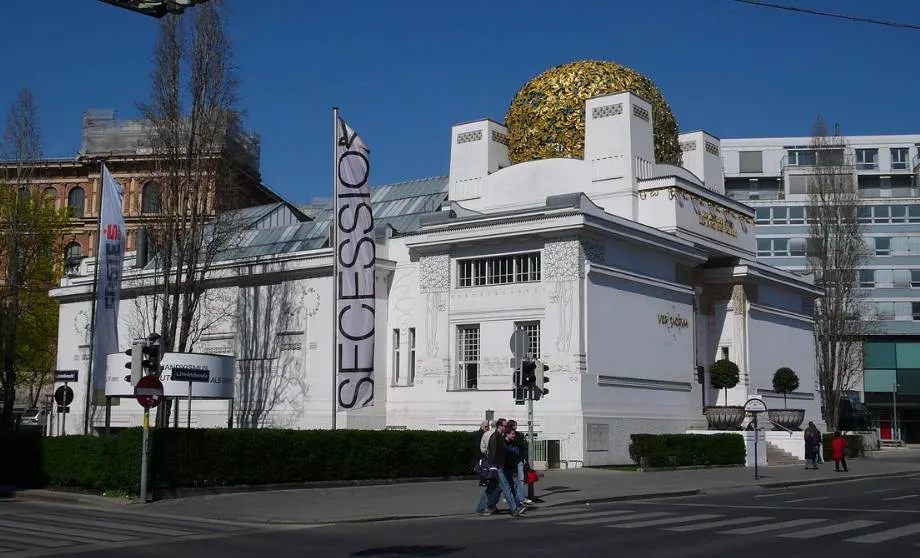
8. The name of the group’s magazine “Ver Sacrum,” Latin for “Holy Spring,” is also added to the left side of the building’s façade. This magazine was published between 1898 and 1903 and mainly featured drawings and designs related to the art movement.
9. Just below the entrance you can see a remarkable sculpture that depicts 3 gorgons. These are creatures from Greek Mythology often depicted as three sisters. The one’s decorating the Secession Building represent painting, sculpture, and architecture.
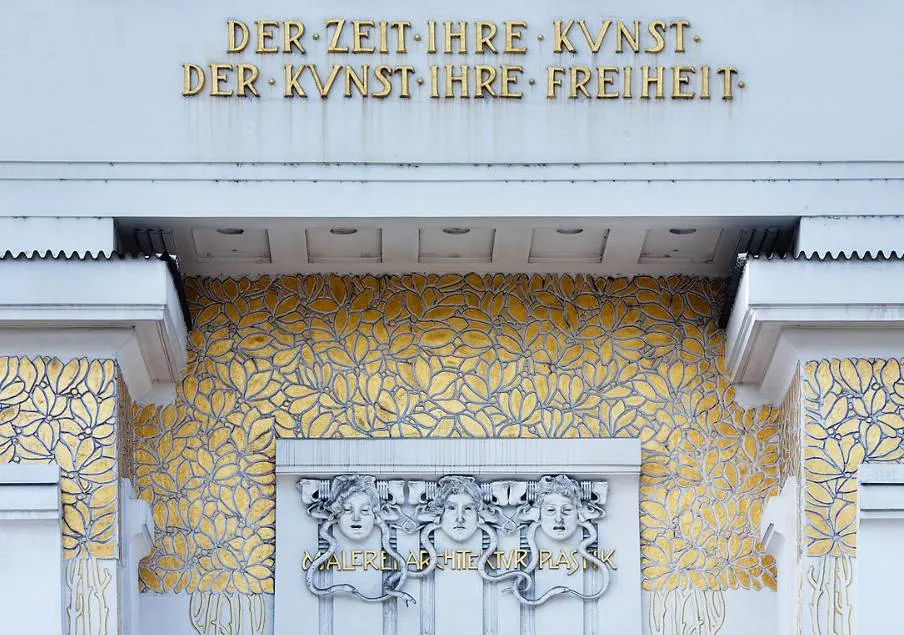
10. The building has an important place in Austrian history. It marked the start of the Art Nouveau movement in the country which was the beginning of a new age. Because of this, it was chosen to decorate the €0.50 coin.
11. The €0.50 coin isn’t the only coin on which the Secession Building appears. It also decorates a 100 euro commemorative coin that was minted in 2004. The reverse of this coin depicts the Beethoven Frieze by Gustav Klimt.

12. A similar art movement emerged in the late-19th century in Poland referred to as “Young Poland.” This movement had a broad scope as it encompassed Polish visual arts, literature, and music.
The exhibitions of this movement were held in a building known as the “Palace of Art,” also known as the “Secession.” This equally fascinating building is located in the heart of Kraków, Poland.
